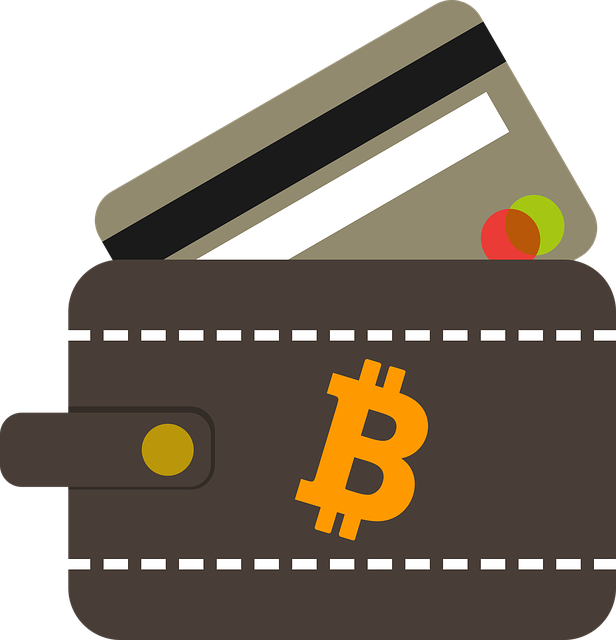Keeping Your Bitcoins Safe: Hot Wallets vs Cold Wallets
In the world of cryptocurrency, safeguarding your Bitcoin is paramount. With the increasing value and popularity of digital assets, the need for secure storage solutions has never been greater. Two primary methods for storing Bitcoin are hot wallets and cold wallets. Each has its own set of advantages and trade-offs. Understanding the differences between these two types of wallets can help you choose the best option to keep your Bitcoins secure.

What Are Hot Wallets?
Hot wallets are cryptocurrency wallets that are connected to the internet. They offer a convenient way to store and manage your Bitcoin, allowing for easy access and quick transactions. Here’s a closer look at their features:
- Accessibility: Hot wallets are typically available as web-based platforms, mobile apps, or desktop applications. This connectivity allows users to access their funds from anywhere, making them ideal for frequent transactions and active trading.
- Ease of Use: These wallets are designed with user-friendliness in mind. Setting up a hot wallet is generally straightforward, and many come with features that enhance the user experience, such as integrated exchange functions and real-time balance updates.
- Convenience: For those who need to make regular transactions or quickly respond to market movements, hot wallets offer a high degree of flexibility. They are particularly useful for traders and those who frequently use Bitcoin for purchases.
Risks Associated with Hot Wallets
While hot wallets provide significant convenience, they are also exposed to certain risks:
- Security Vulnerabilities: Being online means hot wallets are susceptible to cyber-attacks, such as hacking, phishing, and malware. If your device or the wallet service itself is compromised, your Bitcoins could be at risk.
- Data Breaches: Since hot wallets store your private keys online, they can be more vulnerable to breaches if the service provider’s security is compromised.
- User Errors: Mistakes such as accidentally sharing private keys or falling victim to phishing scams can lead to loss of funds.
What Are Cold Wallets?
Cold wallets are cryptocurrency wallets that are not connected to the internet. They are designed for long-term storage and are considered one of the most secure methods for protecting your Bitcoins. Here’s what you need to know about cold wallets:
- Types of Cold Wallets: Cold wallets come in several forms, including hardware wallets and paper wallets. Hardware wallets are physical devices that store private keys offline, while paper wallets involve printing your keys and addresses on paper.
- Enhanced Security: By remaining offline, cold wallets protect your private keys from online threats. This isolation makes them highly resistant to hacking and cyber-attacks.
- Ideal for Long-Term Storage: Cold wallets are best suited for individuals who plan to hold their Bitcoin for extended periods without the need for frequent access or transactions.
Risks Associated with Cold Wallets
Although cold wallets offer superior security, they also come with their own set of risks:
- Physical Damage: Hardware wallets can be damaged, lost, or stolen. If this happens, you need to have a backup recovery phrase to restore your funds. Paper wallets are also susceptible to physical damage, such as water or fire.
- Accessibility: Cold wallets are not ideal for quick transactions. If you need to access your Bitcoin frequently, the process of transferring funds from a cold wallet to a hot wallet can be cumbersome and time-consuming.
- User Responsibility: With cold wallets, you are entirely responsible for safeguarding your private keys and recovery phrases. Losing these critical pieces of information can result in the permanent loss of your Bitcoin.
Best Practices for Using Hot and Cold Wallets
- Use Hot Wallets for Daily Transactions: For frequent transactions and easy access, hot wallets are practical. Ensure you use reputable wallet services and enable additional security features like two-factor authentication.
- Utilize Cold Wallets for Long-Term Storage: For substantial amounts of Bitcoin that you intend to hold long-term, cold wallets offer superior security. Regularly update and securely store your recovery phrases and backup information.
- Implement a Multi-Layered Security Approach: Consider using both hot and cold wallets in conjunction. Keep a small amount of Bitcoin in a hot wallet for daily use and store the majority in a cold wallet for enhanced security.
- Stay Informed: Continuously educate yourself about best security practices and emerging threats in the cryptocurrency space. Regularly review and update your security measures to stay protected.
Conclusion
Both hot wallets and cold wallets have their unique advantages and drawbacks when it comes to storing Bitcoin. Hot wallets offer convenience and accessibility but come with increased risks due to their online nature. Cold wallets provide superior security for long-term storage but may lack the ease of access required for frequent transactions. By understanding these differences and following best practices, you can choose the storage solution that best fits your needs and ensures the safety of your Bitcoin holdings.
Comments are closed.